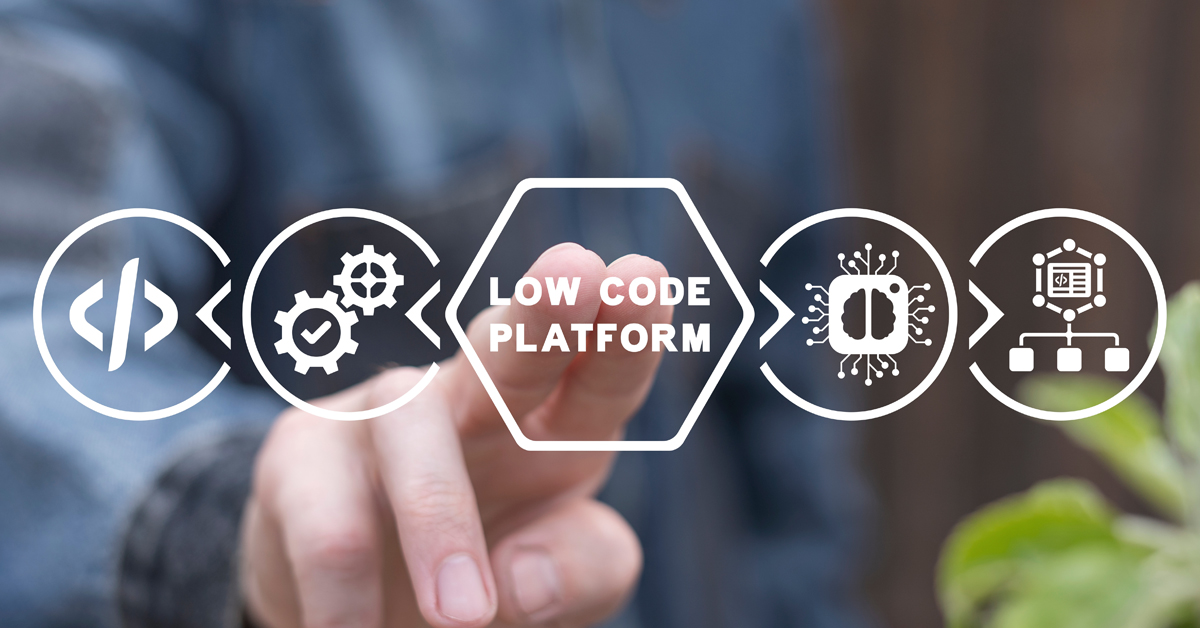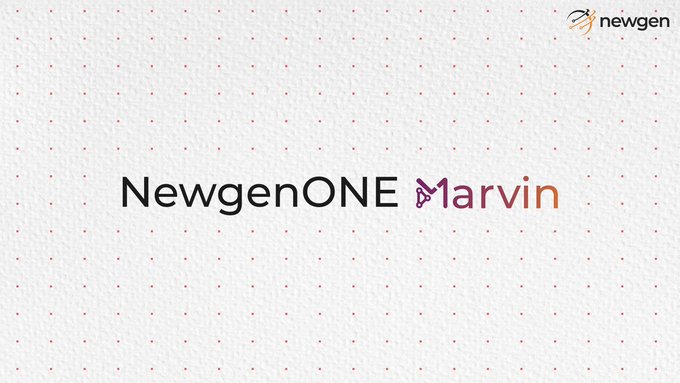According to Swiss Re Institute Research1, the global economy could lose 10% of its total economic value by 2050 due to climate change.

Climate change continues to pose an existential threat to the global economy. While the impact is felt across different industries, financial institutions are at the forefront of being the change agents. With the world waking up and moving towards low carbon emissions, banks have a major role in enabling this change.
Sustainability for modern financial institutions is not just limited to going paperless or becoming carbon neutral. It incorporates Environmental, Social, and Governance (ESG) into traditional banking aimed at achieving Sustainable Development Goals3 (SDGs).
Enabling, Accelerating Digital and Sustainable Banking with a Modern Content Services Platform
A key aspect of a purposeful organization is authenticity, with ESG at its core. In this blog, let’s explore how viable modern content services platforms facilitate sustainability priorities in banking, including net-zero emissions, paperless banking, energy efficiency, social goodwill, and brand strengthening—enabling financial institutions to digitally transform and be future-ready.
1. Paperless Banking: Digital Loan Origination
Traditionally, the customer lending origination process is paper-intensive. It requires application forms and document submission for the pre-qualification process, including copies of identity documents, employment proof, salary slip, bank statement, and previous loan statement. That’s a whole lot of documents from a single applicant. Imagine how many papers are daily printed and submitted to the banks with millions of borrowers globally!
Here’s exactly where the modern content service platform comes into the picture. The platform enables banks to eliminate the traditional ways of managing documents with capabilities to scan, extract, classify, and intelligently upload, share, and store documents. It facilitates banks to transit to paperless banking without compromising their service offerings to reach net-zero emission targets. Once the financial institution embarks on this journey towards paperless banking, emissions from paper production, transportation, physical storage facilities, and electricity will undoubtedly be reduced.
2. Digital Customer Onboarding
COVID-19 has accelerated the pace and, more importantly, the acceptance and adoption of digital technologies. Account opening can be done paperless by visiting the bank’s website or mobile app and keying in account opening information, such as personal details, scanning or clicking your documents using a mobile camera, and uploading your picture and e-signature. A modern content services platform can organize this data and make it accessible to backend business processes. Having the right platform helps users securely maintain their information over time, allowing them to correct documents, read them on various devices, annotate or collaborate in an electronically-driven environment. This saves a lot of paper, which otherwise gets wasted due to errors, misprints, or multiple copies, and creates a seamless digital customer onboarding customer experience. Furthermore, it saves the transportation costs from not needing to send the paper waste for recycling and equips an organization to ensure on-demand audit-readiness of documents.
3. Customer Digital Lifecycle Journey
Traditionally, several phases and sub-phases of a customer lifecycle involve paper-based processes, including data collection of an applicant, document analysis, data enrichment, KYC case review, ongoing customer services, and customer-off boarding. The cycle continues if you succeed in up-sell or cross-sell any new product to customers in between. The modern content services platform can overcome this manual handling process and transform the digital customer lifecycle into a paperless one. The platform helps digitize documents, classify information, extract data, collaborate, and electronically store while significantly minimizing paper usage and costs. Features like e-forms, e-signatures, video KYC, and conversational interfaces can reduce paper trails and help in delivering a superior customer experience.
4. Energy Efficiency: Green IT through Cloud
On-premise infrastructure must be operational irrespective of the transactional load consuming considerable energy in computing, lighting, and cooling the data centers. Cloud is at the heart of energy savings and energy efficiency. Today’s modern content services platforms leverage the cloud effortlessly, enabling business leaders to offer optimized and effective services to banks while consuming considerably fewer resources.
5. Energy Efficiency through Compression Techniques
Raconteur estimates that by 2025, nearly 463 exabytes of data will be created each day globally.5 Banks are responsible for a sizable chunk of this data, consuming computer resources and energy. Modern content services platforms employ efficient compression techniques to reduce data size, saving computing storage and electricity. The energy savings will compound exponentially with data growth.
6. Social Goodwill and Brand Strengthening: Financial Inclusion
A modern content services platform and other digital technologies are crucial in taking banking to remote places. Today, a field agent can take a portable device to remote areas and collect customer information, signature, and identity proofs – all paperless, effortlessly bringing them into the banking system. Financial products like account opening, loan origination, payments, and card statements are offered digitally with this platform.
7. Green Banking
Apart from reducing operational emissions, banks encourage their customers to go paperless as an initiator of change. Banks provide loans for sustainable agriculture, renewable energy, or any other environment-based projects at a reduced lending rate. A truly digital bank can also help its customers and vendors go paperless by substituting paper-based documents with digital ones. In doing so, banks extend their commitment towards ‘net-zero’ in their operations, suppliers, customers, and the entire supply chain.
8. Brand Strengthening through ESG Data Analytics
A modern content services platform coupled with data, analytics, and System of Record (SoR) drives ESG metrics measurement and insights. The content services platform can extract data from sources and databases like customers’, suppliers’, social, satellite imagery, HR and government reports, etc., to feed into the analytics platforms to gain powerful insights. An example could be measuring agricultural and green energy loans annually to determine the contribution to CO2 emission reduction. Intersecting this data with country-wide CO2 emissions can help banks measure their ESG impact per year for a country or region.
The Way Forward
A modern content service platform paves the way for the contemporary approach to bringing sustainability to banks. The platform not only enables banks and financial institutions to protect the environment but also extends a helping hand with financial inclusion.
Reference
- The economics of climate change. (2021, April 26). Swiss Re Group | Swiss Re. https://www.swissre.com/institute/research/topics-and-risk-dialogues/climate-and-natural-catastrophe-risk/expertise-publication-economics-of-climate-change.html
- Sustainable development goals. (n.d.). United Nations Development Programme. https://www.undp.org/sustainable-development-goals
- The world counts. (n.d.). The World Counts. Retrieved April 26, 2022, from https://www.theworldcounts.com/stories/paper-waste-facts
- A Day in Data. (n.d.).Raconteur. https://www.raconteur.net/infographics/a-day-in-data/






